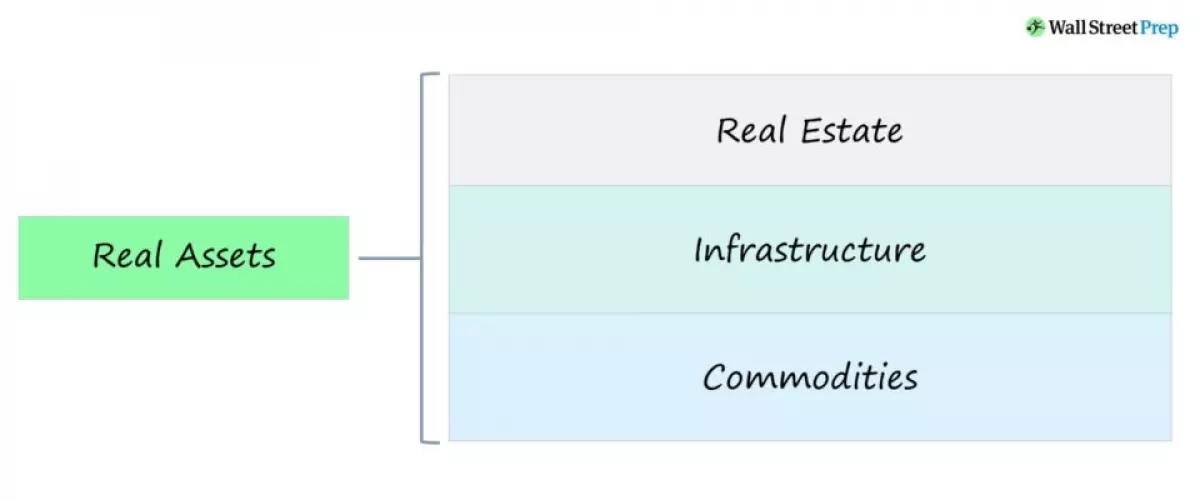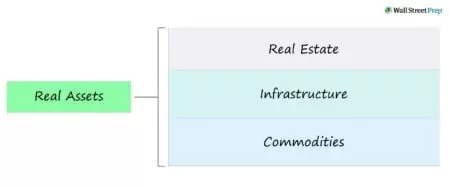
Introduction
When it comes to investing, understanding the difference between real assets and financial assets is essential. Real assets, such as real estate, infrastructure, and commodities, hold tangible value as they produce goods or services. On the other hand, financial assets represent claims against underlying companies. In this article, we explore the distinctions between these two asset classes and the benefits of investing in real assets.
What is the Definition of Real Assets?
Real assets are tangible assets that have intrinsic value due to their ability to generate revenue and profits. These assets play a significant role in wealth creation and economic growth. There are three main categories of real assets:
Real Estate
Real estate includes residential and commercial properties like family homes, apartments, office buildings, malls, and warehouses. Investing in real estate provides opportunities for rental income and long-term appreciation.
Infrastructure
Infrastructure refers to the systems and networks that facilitate the transportation, storage, and distribution of goods and services. This includes roads, airports, railroads, sewer systems, power lines, and more. Infrastructure investments are crucial for economic development and often offer stable cash flows.
Commodities
Commodities are resources used in commerce and are essential inputs for the production of various goods. Examples include oil, natural gas, corn, soybeans, and precious metals like gold and silver. Investing in commodities can provide a hedge against inflation and diversification.
 Caption: Real estate investments provide opportunities for long-term appreciation.
Caption: Real estate investments provide opportunities for long-term appreciation.
What is the Difference Between Real Assets vs. Financial Assets?
Financial assets, such as stocks and bonds, represent claims against underlying companies. The value of financial assets depends on the performance of these companies. Real assets, on the other hand, have inherent value due to their tangible nature and ability to generate cash flows.
While real assets are less liquid compared to financial assets, they offer stability and a hedge against inflation. Real asset prices may have a larger spread due to lower trading frequency. Financial assets, however, have real-time pricing and higher market efficiency.
Both real and financial assets are valued based on their capacity to produce cash flows. Real assets are recorded at historical value, considering depreciation, while the market value of financial assets is readily available.
What is Inflation Hedging?
Real assets are known for their ability to act as a hedge against inflation. During periods of inflation or economic downturns, real assets tend to perform better than riskier asset classes. Even if the fair market value of a real asset drops, it is likely to recover once the economy normalizes.
Equities and debt securities, especially derivatives and options, can suffer significant losses and even become worthless. Real assets, however, maintain a certain dollar amount of value, reducing the risk of being wiped out completely. They may experience fluctuations during recessions but benefit from upside during periods of economic growth.
Portfolio Diversification Example
Real assets provide an opportunity for portfolio diversification. Due to their low correlation with equities and bonds markets, including real assets in a portfolio can protect against unexpected downturns and enhance risk-adjusted returns. The demand for real assets, such as houses and farmland, remains relatively stable, making them an attractive choice for diversification.
Investing in real assets offers the potential for long-term growth, income generation, and inflation protection. By understanding the distinctions between real assets and financial assets, you can make informed investment decisions that align with your financial goals.
Learn More → Hedge Fund Quick Primer











